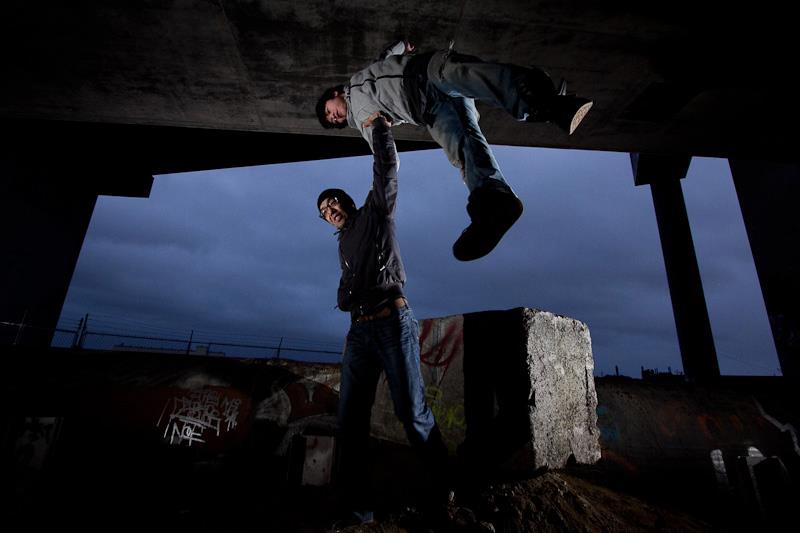 photo: Weidong Yang / dancers: Peter Cheng, Indie Stan
photo: Weidong Yang / dancers: Peter Cheng, Indie Stan
Weidong Yang has a myriad of interests and specialties. To name just a few of his roles, he is a physicist, dancer, choreographer, photographer, and instructor. He is the photographer behind many of dance anywhere’s best photos. Weidong also recently choreographed a piece called “Metal, The Fourth Element,” which he will perform, along with seven other male dancers, on April 29 at Alonzo King LINES Dance Center. This powerful performance explores a male perspective on power, war, justice, and idealism. Weidong incorporates in the choreography for this performance his knowledge of martial arts, Chinese philosophy, Afro-Brazillian and Capoera movement, as well as contemporary and modern dance.
You have studied many different disciplines (dance, photography, physics). How did you become interested in both artistic and scientific fields?
Science and art are not too different to me. People usually think art is about intuition and science is about logic. My experience of doing scientific research is that it takes a great amount of intuition to know the direction and a great amount of technique to walk the path. Very often my intuition reveals to me the answer long before I can bridge a solution to get there. As a researcher, I found myself having never achieved scientific findings on things I was suppose to find. The findings always come at a surprise time and from a surprise place. Later on I had pretty much the same experience with art. I guess it was curiosity that lead me to both science and art.
Do you ever combine or overlap these disciplines? Does your physics background inform your choreography, performance, and photography?
My understanding in the physics of light helped to explore using infrared camera for dance photography. For a while I was working on a interactive video/dance project that involves infrared light source, infrared video camera, and computer coding.
I think my physics training helps me to see and organize the structure of my choreography. My research training helps me to research and develop materials for choreography. I know my approach in art is heavily influenced by my research training. But don’t think I can deliberate it. I think my research experience has taught me: a lot of trial and error, keep an open mind, be very diligent, be very focused, and be very patient. I guess they all apply to art practice very well.
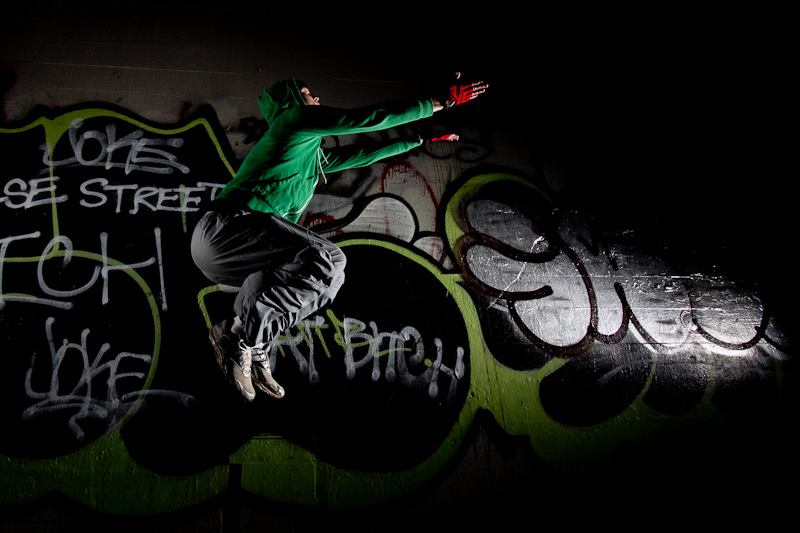 photo: Weidong Yang / dancer: Michael Leavell
photo: Weidong Yang / dancer: Michael Leavell
Tell me about your new piece, “Metal, The Fourth Element.” What inspired this piece?
As a kid, I admired soldiers. As a college student, I was active in China’s democracy movement. Justice, pride, idealism always speaks to me and seems romantic to me. As I grow older, I start to see the price we are paying for the justice, pride, and idealism. Looking around Market Street between 6th and 7th, you can see many lost souls. I heard stories from Iraq and Bosnia that former friends, families split by religion or ethnicity, became enemies that sometimes had to kill each other. Same thing happened in China during the revolution. So this romantic notion by many young males of fighting for your country, for the democracy, contrasts strongly with the dark reality of unintended destruction to both civilians and soldiers involved. There is something very dark that we can’t hide from and we can’t shake it off. So that was the inspiration.
In ancient Chinese philosophy, Metal is the 4th of 5 elements. The others are water, earth, fire, and wood. Metal is associated with power, new technology, destruction, and sorrow.
What was your process like when choreographing “Metal, The Fourth Element”?
A lot of research. Thinking about it. Once I got the dancers together, things started to take shape. Dancers contribute a lot of materials. In fact, all duets and trios were created by the dancers themselves with my help. One of my mentors, Paco Gomez once told me the choreographer’s job is to create meaning. So my job as choreographer is more like an integrator that merges my vision with the dancers’ energy and creativity, and molds them into something that takes on the life of its own. To be honest, the vision itself is actually quite vague till we almost have the whole piece ready. Before that, it’s probably better described as inspiration.
Why did you choose to have all male performers in this piece?
The subject matter calls for an all male performance. Also it’s not often to see an all male piece. Although I had plans for a follow up section that will involve a female dancer. It may get developed later.
Tell me about your Taiji Lab for Movement.
I have been training in Chinese Internal Martial arts (Taiji is a form of it) for the past 8 years. I found many movement theories developed over the past 3 thousand years by generations of martial arts can really benefit dancers. So my main motivation is to share this knowledge with the dance community through this lab. Here are some examples: release techniques requires dancers to move with relaxed muscles, just like Taiji. A common thing is that the relaxation turns into a collapse. As a fighting technique, Taiji uses relaxation to achieve a strong martial power, so there is a set of methods to prevent trainees from collapsing. Another example is that Martial art has developed a quite sophisticated method of using the back, especially the lower back. This helps to free the hip joints, reduce pounding on the knees and lower spine, connect the upper and lower body. It could potentially reduce wear and tear and injury in dancing. Martial art went from external (hard, strong) to internal (soft, elastic and explosive) not only because the later could be a more efficient fighting technique but also to address many injuries caused by training in external style. I saw that a lot of this knowledge can be very helpful for dancers. Of course Taiji is a movement and fighting technique, by itself, it’s not a dance.
How did you begin to combine dance with martial arts?
Martial arts make movement more efficient, and intention more clear. To me it was just natural that once you learn both, they will go together.
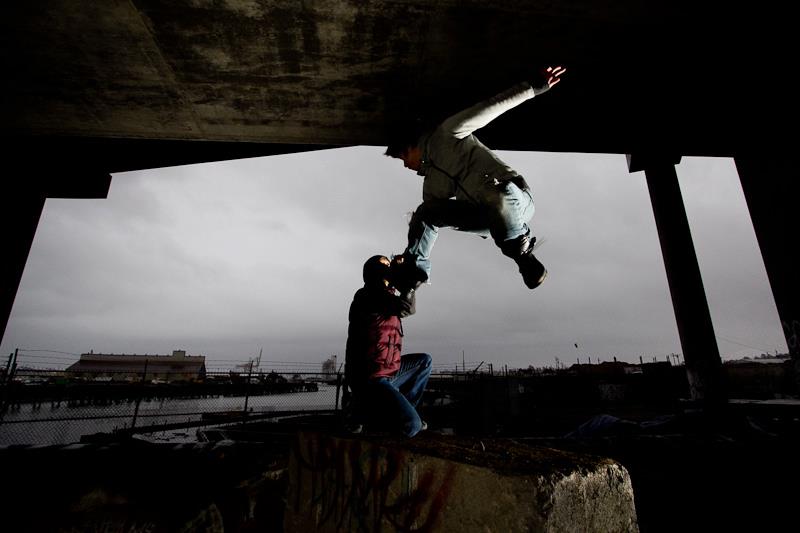 photo: Weidong Yang dancers: Peter Chou, Indie Stan
photo: Weidong Yang dancers: Peter Chou, Indie Stan
Your photography often focuses on dance and movement. How have you explored portraying movement in still images?
To me photography is about finding movement in still images. Its like transition is as or more important than position in dancing, arguably. A picture has to paint in the viewer’s mind the frames that have not been captured. Those frames may never exist. But that is the fun part. I’m especially interested in exploring the internal movement through photography, you know, the energy that flows inside the body, the thing that we can feel but can’t quite tell. There are many techniques you can use to express movement, camera angle, focal length, framing, light, color.
To view Weidong Yang’s photographs, click here. For more information on the upcoming performance of “Metal, The Fourth Element” at the Alonzo King LINES Dance Center, visit the Bay Area Dance Week website. And to learn more about Weidong Yang’s Taiji Lab for Movement, visit the website www.taijilab.net.

 Sign In
Sign In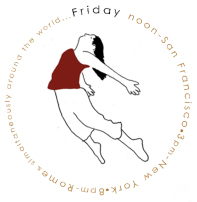

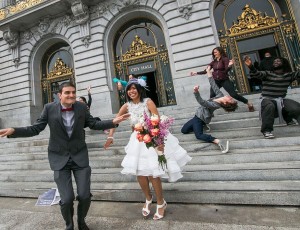
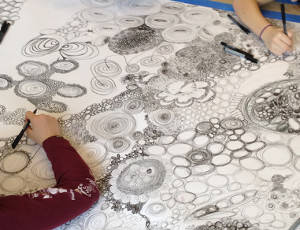
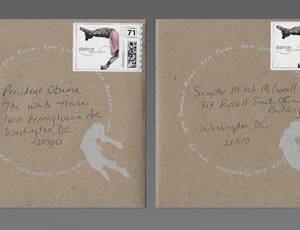
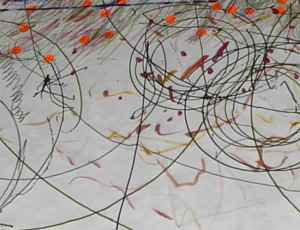
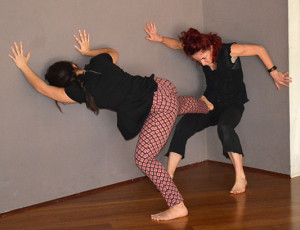
One Trackback
[…] http://www.danceanywhere.org/news/2012/weidong-yang-metal-the-fourth-element/ […]